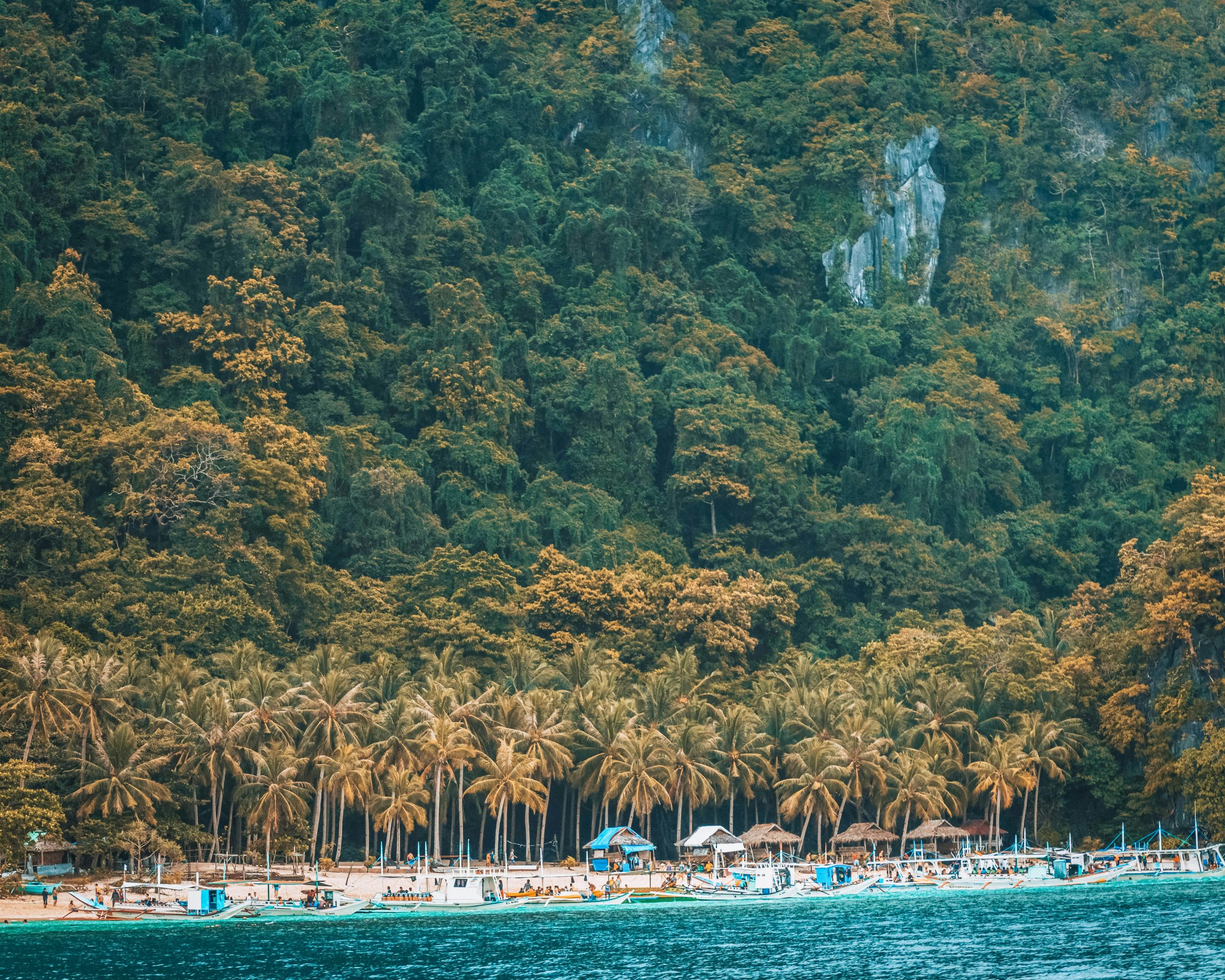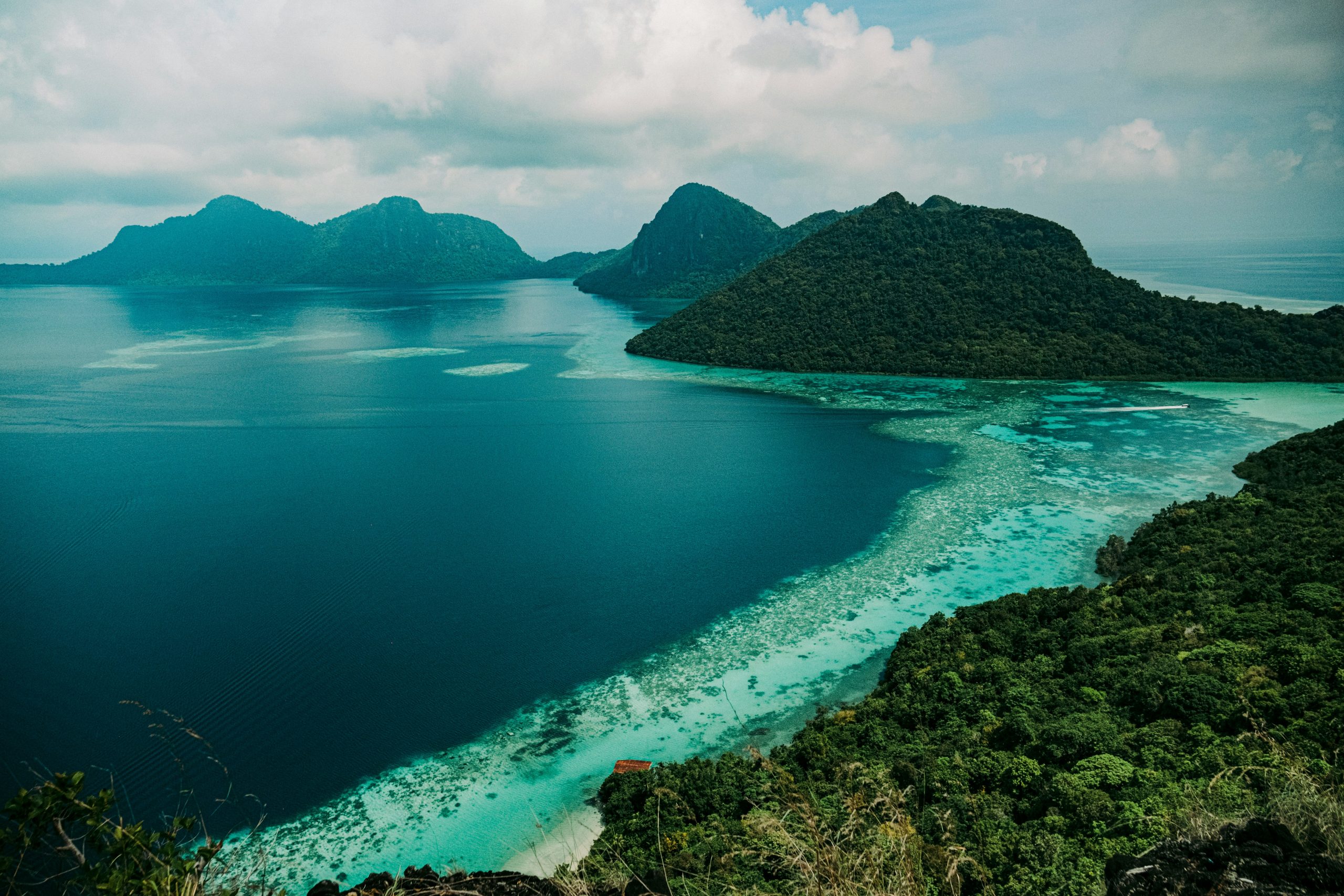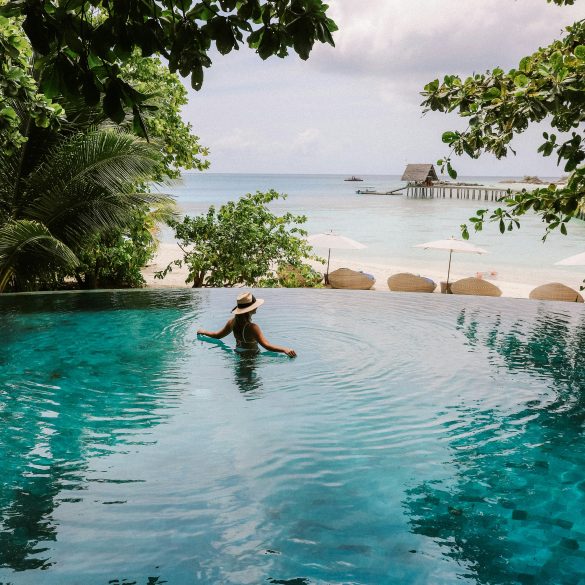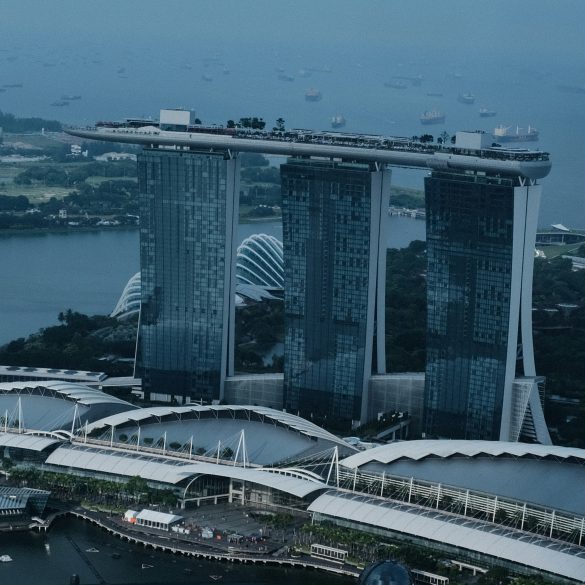The Ultimate Philippines Travel Guide: Discovering Hidden Gems and Local Secrets
Three years ago, I stepped off the plane in Manila with absolutely no idea what I was getting myself into. Honestly, I’d booked the trip on a whim—one of those spontaneous decisions you make after scrolling through Instagram at 2 AM. But here’s the thing about the Philippines: it completely transformed how I think about travel.
What struck me most wasn’t just the postcard-perfect beaches everyone talks about. It was the genuine warmth of the people, the incredible diversity packed into 7,641 islands, and—I’ll be completely honest—how affordable everything was compared to other Southeast Asian destinations. After visiting twelve times now (yeah, I’m slightly obsessed), I’ve learned that the Philippines isn’t just another tropical paradise. It’s a country where you can island-hop through pristine lagoons in the morning and explore Spanish colonial architecture in the afternoon.
Philippines Fast Facts
The Philippines consists of 7,641 islands, but only about 2,000 are inhabited. The country has over 175 languages and dialects, with Filipino and English as official languages. Interestingly enough, it’s the only predominantly Christian nation in Asia, a legacy of Spanish colonization that lasted over 300 years.
Why the Philippines Should Be Your Next Adventure
Let me paint you a picture. You’re floating in a lagoon so blue it looks artificial, surrounded by limestone cliffs that jut dramatically from the water. The only sounds are gentle lapping waves and your own breathing. This isn’t some exclusive resort—it’s just another Tuesday in Palawan, and you’ve spent maybe $30 total to get here.
The Philippines offers something I’ve rarely found elsewhere: incredible diversity without the tourist crowds. Sure, Boracay gets busy during peak season, but venture beyond the main tourist circuit and you’ll discover pristine beaches where you might be the only foreigner for miles. During my last trip to Siquijor Island, I spent three days exploring waterfalls and beaches with just a local guide named Miguel, who insisted on teaching me Cebuano phrases between snorkeling spots.
What really sets the Philippines apart is the value proposition. According to recent tourism data1, travelers can comfortably budget $30-50 per day for mid-range travel, including accommodation, meals, and activities. For context, that’s roughly half what you’d spend in Thailand or Vietnam for comparable experiences.
Insider Tip: Best Time to Visit
Here’s what locals actually tell you: the “dry season” (November to April) is ideal for most activities, but don’t completely write off the wet season. I’ve had some of my best experiences during light rain—fewer crowds, lush green landscapes, and dramatic skies perfect for photography. Just avoid typhoon season (August-October) in the northern regions.
The cultural richness constantly amazes me. Where else can you explore 16th-century Spanish churches in the morning, dive with whale sharks in the afternoon, and end your day at a night market eating fusion cuisine that blends Filipino, Chinese, and Spanish influences? The Philippines isn’t just a destination—it’s a cultural kaleidoscope.
Top Destinations That Will Transform Your Travel Perspective
Okay, let’s be real here. Everyone’s heard of Boracay and Palawan, but the Philippines has so much more to offer. After exploring dozens of islands, I’ve discovered that some of the most magical experiences happen in places most tourists never even consider visiting.
Beyond the Obvious: Hidden Gems Worth the Journey
Last year, I stumbled upon Camiguin Island—literally the result of a missed connection in Cebu. What a happy accident that turned out to be! This tiny volcanic island has seven volcanoes, natural hot springs, and some of the friendliest locals I’ve ever encountered. The island’s so small you can drive around it in two hours, but I ended up staying for a week.
Bantayan Island is another gem that consistently surprises visitors. While everyone flocks to Boracay, Bantayan offers similarly stunning white sand beaches with a fraction of the crowds. The island has this laid-back fishing village vibe that makes you want to extend your stay indefinitely. I remember sitting at a beachside café there, watching local fishermen repair their nets while the sun set behind their boats—pure magic.
| Destination | Best For | Budget Range | Unique Feature |
|---|---|---|---|
| Palawan | Island hopping, diving | $25-45/day | Underground river |
| Camiguin | Hot springs, hiking | $20-35/day | 7 volcanoes |
| Siquijor | Waterfalls, mysticism | $15-30/day | Healing traditions |
| Bantayan | Beaches, local culture | $18-32/day | Fishing heritage |
Cultural Immersion: Experiences That Connect You to Local Life
Here’s where things get really interesting. The Philippines offers cultural experiences that go way beyond typical tourist activities. In Bohol, I participated in a traditional bayanihan—a community effort where neighbors literally carry someone’s house to a new location. Sounds bizarre, right? But it’s a beautiful demonstration of Filipino community spirit that dates back centuries.
The rice terraces of Banaue absolutely blew my mind. These aren’t just agricultural sites—they’re living UNESCO World Heritage sites where Ifugao communities have been farming for over 2,000 years2. I spent three days with a local guide learning traditional farming techniques and honestly, it completely changed how I think about sustainable agriculture.
- Join a traditional Filipino feast (boodle fight) where everyone eats with their hands from banana leaves
- Learn to weave traditional textiles in the Mountain Province
- Participate in local festivals like Ati-Atihan or Sinulog
- Visit indigenous communities in Mindanao (with proper cultural sensitivity)
- Take cooking classes focusing on regional specialties
- Attend Sunday mass at historic Spanish colonial churches
Don’t get me wrong—I’m not suggesting you turn into some sort of cultural tourist who treats local communities like a museum exhibit. The key is approaching these experiences with genuine respect and curiosity. Filipinos are incredibly welcoming, but they appreciate when visitors take time to understand their traditions rather than just photographing them.
One experience that particularly stands out was staying with a family in Sagada for a week. They invited me to help with their coffee harvest, taught me traditional weaving techniques, and shared stories about their ancestors. By the end of my stay, I felt like I’d gained not just travel experiences, but actual friendships that continue today through social media.

Smart Planning: Making Your Money Stretch Further
Let’s talk money—because honestly, that’s what makes or breaks most travel dreams. The Philippines can be incredibly affordable if you know how to navigate it properly. I’ve seen travelers spend $100+ per day staying in luxury resorts, while others comfortably explore for under $25 daily. The difference? Understanding the local systems and making strategic choices.
Based on my extensive travels throughout the archipelago, here’s the reality: budget travelers can easily manage on $20-30 per day, mid-range travelers should budget $40-60, and luxury seekers might spend $80-150+. These numbers include accommodation, food, local transportation, and activities—but exclude international flights and expensive excursions like diving certifications.
Budget Breakdown: Where Your Money Actually Goes
- Accommodation: $5-15 (hostels/guesthouses) | $20-40 (mid-range hotels) | $50-100+ (luxury resorts)
- Food: $8-12 per day (local food) | $15-25 (mix of local and international) | $30-50+ (upscale dining)
- Transportation: $3-8 per day (local transport) | $10-20 (private vehicles/tours) | $30-60+ (private transfers)
- Activities: $5-15 per day (local experiences) | $20-40 (organized tours) | $50-100+ (premium experiences)
Transportation: Mastering the Art of Island Hopping
Here’s where things get interesting—and occasionally frustrating. Philippine transportation requires patience and flexibility. The good news? It’s incredibly affordable. The challenging news? Schedules are more like suggestions than actual commitments.
Domestic flights have improved dramatically over the past few years. Cebu Pacific and Philippines Airlines offer competitive rates, especially if you book in advance. I’ve scored flights between major cities for as little as $25 during promotional periods. Pro tip: Tuesday and Wednesday departures are typically cheaper than weekend flights.
Ferry travel deserves special mention because it’s often overlooked by tourists. The 2GO ferry system connects major islands and offers a unique way to experience Philippine maritime culture3. I took an overnight ferry from Manila to Cebu once—not exactly luxury, but definitely an adventure. Plus, at $30 for a bunk bed, it’s way cheaper than flying.
- Book domestic flights 2-3 weeks ahead for best prices
- Use jeepneys and tricycles for local transportation (incredibly cheap and fun)
- Consider overnight buses for longer distances—they’re surprisingly comfortable
Accommodation: From Bamboo Huts to Luxury Resorts
The accommodation spectrum in the Philippines is absolutely wild. On one end, you have bamboo beach huts for $8 per night. On the other, you have private island resorts charging $500+ nightly. The sweet spot? Mid-range hotels and boutique guesthouses that offer genuine Filipino hospitality without breaking the bank.
I’ve stayed in everything from monastery guesthouses to floating cottages, and here’s what I’ve learned: location matters more than amenities. A simple beachfront cottage where you wake up to sunrise over the ocean beats a fancy hotel room overlooking a parking lot every single time.
Health and Safety: Staying Safe While Exploring
Let’s address the elephant in the room—safety concerns. Western media often portrays the Philippines as dangerous, but my experience has been overwhelmingly positive. Like any developing country, certain precautions are necessary, but don’t let fear prevent you from experiencing this incredible destination.
The most common health issues for tourists? Stomach problems from trying too much delicious street food (guilty as charged) and sunburn from underestimating tropical sun intensity. Seriously, I’ve seen more travelers laid up by severe sunburn than any other health issue.
Current health recommendations include routine vaccinations, Hepatitis A and B, and typhoid4. Malaria risk exists in some rural areas, but most tourist destinations are low-risk. I always carry basic medications—stomach remedies, pain relievers, and antihistamines—because pharmacies might not stock your preferred brands.
Safety-wise, use common sense. Avoid displaying expensive electronics conspicuously, don’t walk alone in unfamiliar areas at night, and listen to local advice about areas to avoid. The vast majority of Filipinos are incredibly helpful and honest—I’ve had locals chase me down the street to return dropped wallets multiple times.
Sustainable Travel: Protecting Paradise for Future Generations
Here’s something that weighs heavily on my mind every time I visit the Philippines: how can we enjoy these incredible destinations while ensuring they remain pristine for future travelers? The reality is, tourism can be both a blessing and a curse for local communities and environments.
I’ve witnessed firsthand the impact of over-tourism. Boracay’s temporary closure in 2018 was a wake-up call about the environmental consequences of uncontrolled development5. But I’ve also seen how responsible tourism can provide sustainable income for local communities while preserving cultural traditions.
Sustainable Travel Practices That Make a Difference
- Choose locally-owned accommodations and restaurants over international chains
- Participate in beach cleanups and coral restoration projects
- Use reef-safe sunscreen to protect marine ecosystems
- Respect local customs and dress codes, especially in religious sites
- Support local artisans by purchasing authentic handicrafts
- Choose tour operators that prioritize environmental conservation
Food Adventures: A Culinary Journey Through the Archipelago
Honestly, Philippine cuisine is criminally underrated on the global food scene. This is a country where Spanish, Chinese, American, and indigenous influences have created something entirely unique. And the best part? Street food here is absolutely incredible and ridiculously affordable.
My food philosophy in the Philippines is simple: eat where locals eat, try everything at least once, and don’t be afraid of street vendors. Some of my best meals have cost less than $2 and came from tiny stalls with plastic stools for seating. The adobo (marinated meat dish) I had from a roadside vendor in Batangas remains one of my most memorable meals ever.
Regional specialties vary dramatically across the archipelago. In Bicol, everything comes with coconut milk and chilies. In Mindanao, you’ll find incredible seafood and Muslim-influenced dishes. The northern regions offer hearty mountain cuisine with indigenous influences you won’t find anywhere else.
- Try sisig (sizzling pork dish) in Pampanga where it originated
- Sample fresh seafood in Palawan’s local markets
- Experience a traditional boodle fight meal
Your Philippines Adventure Awaits
After all these years of exploring the Philippines, I’m still discovering new islands, meeting incredible people, and having experiences that challenge my assumptions about travel. This country has taught me that paradise isn’t just about pristine beaches and luxury resorts—it’s about genuine connections, cultural understanding, and moments that make you see the world differently.
The Philippines isn’t always easy to navigate. Transportation can be challenging, language barriers exist in remote areas, and Western standards of service aren’t universal. But that’s precisely what makes it so rewarding. When you embrace the adventure with an open mind and genuine respect for local culture, the Philippines rewards you with experiences that will stay with you forever.
References



